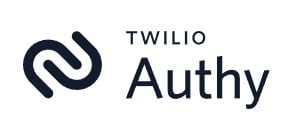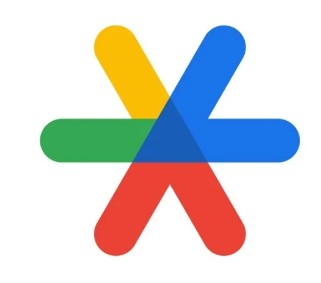With cyberattacks on the rise, Multi-Factor Authentication (MFA) remains one of the easiest ways to protect your business from unauthorised access. As we highlighted in our recent blog, MFA adds a critical layer of security by combining your password with a one-time code or approval — making it much harder for attackers to break in to your online accounts.
But with several MFA tools available, which one should you choose?
In this blog, we break down what to look for in an MFA tool, highlight four popular options — Microsoft Authenticator, Google Authenticator, Authy, and RoboForm — and share the pros and cons of each.
What to look for in an MFA tool
- Ease of Use — An MFA app should be simple to use and not create unnecessary friction for staff.
-
Compatibility — It needs to work with the systems you use daily — like Microsoft 365, VPNs, and cloud apps.
- Backup & Recovery — A good MFA tool gives you ways to recover if your phone is lost or replaced.
- Security — Choose apps from trusted providers with strong encryption and regular updates.
-
Business Features — If rolling out to a team, check for device management, policy enforcement, and business integration.
MFA Tools We Recommend

Microsoft Authenticator
Best for: Businesses using Microsoft 365 or Azure
Microsoft Authenticator works seamlessly with Microsoft 365, Azure AD, and a wide range of third-party apps. It supports push notifications, OTP codes, and passwordless login options.
|
Pros:
|
Cons:
|
Google Authenticator
Best for: Simple, free MFA for individual use
Google Authenticator is a no-frills option for generating one-time codes. It works offline and supports a broad range of services:
|
Pros:
|
Cons:
|
Authy (by Twilio)

Best for: Multi-device access and easy backup
Authy goes a step beyond Google Authenticator by offering encrypted cloud backup, multi-device sync, and a desktop app — making it great for users who want flexibility.
|
Pros:
|
Cons:
|
RoboForm

Best for: Businesses wanting password management with MFA
RoboForm is primarily a password manager, but it includes a built-in OTP generator. The standout feature is how it integrates MFA directly into the browser extension — autofilling both passwords and one-time codes, streamlining the login process.
|
Pros:
|
Cons:
|
Can You Still Be Hacked with MFA?
Yes—no system is 100% foolproof. MFA greatly reduces your risk, but it doesn’t eliminate it entirely. Here are a few examples of how hackers can still get through:
- MFA fatigue attacks – Attackers flood users with MFA prompts hoping they’ll approve one out of annoyance or confusion. Microsoft has introduced number matching to combat this, which requires the user to enter a number shown on their screen to confirm the sign-in.
- Phishing for the second factor – Some sophisticated phishing attacks create fake login pages that also request your MFA code in real-time and forward it to the real login system.
- Session hijacking – In rare cases, attackers can steal an authenticated session if malware is installed on the user’s device.
The good news? These attacks are far less common and much harder to pull off. Most small business breaches come from simple password theft, and MFA protects you from that.
Why MFA Is Essential for Your Business
MFA is no longer optional — it’s a key part of good cyber hygiene. With phishing attacks, password leaks, and credential stuffing on the rise, MFA acts as a critical second layer of defence. For businesses, especially those handling sensitive data, MFA protects your accounts, systems, and client information from common attack methods. It’s also increasingly a requirement for cyber insurance and regulatory compliance.
Final Thoughts
Choosing the right MFA tool depends on your needs:
| MFA Tool |
Best for | Pros | Cons |
|---|---|---|---|
| Microsoft Authenticator | Microsoft 365 & Azure users | Seamless integration, push notifications, passwordless login | MFA for M365 doesn’t transfer to new devices easily |
| Google Authenticator | Simple personal use | Free, easy to use, widely supported | No backup, no sync, no push notifications |
| Authy | Multi-device users | Cloud backup, multi-device sync, desktop app available | Requires phone number, limited business integration |
| RoboForm | Password management with MFA | Integrated MFA & autofill in browser, team sharing, strong encryption | No push approvals, tied to RoboForm password manager |
But the most important thing? Pick a tool — and use it!
Need help selecting or rolling out MFA across your business? We can guide you through setup, management, and making MFA a seamless part of your cybersecurity plan.
